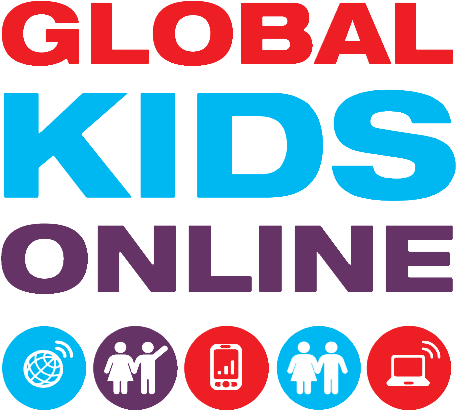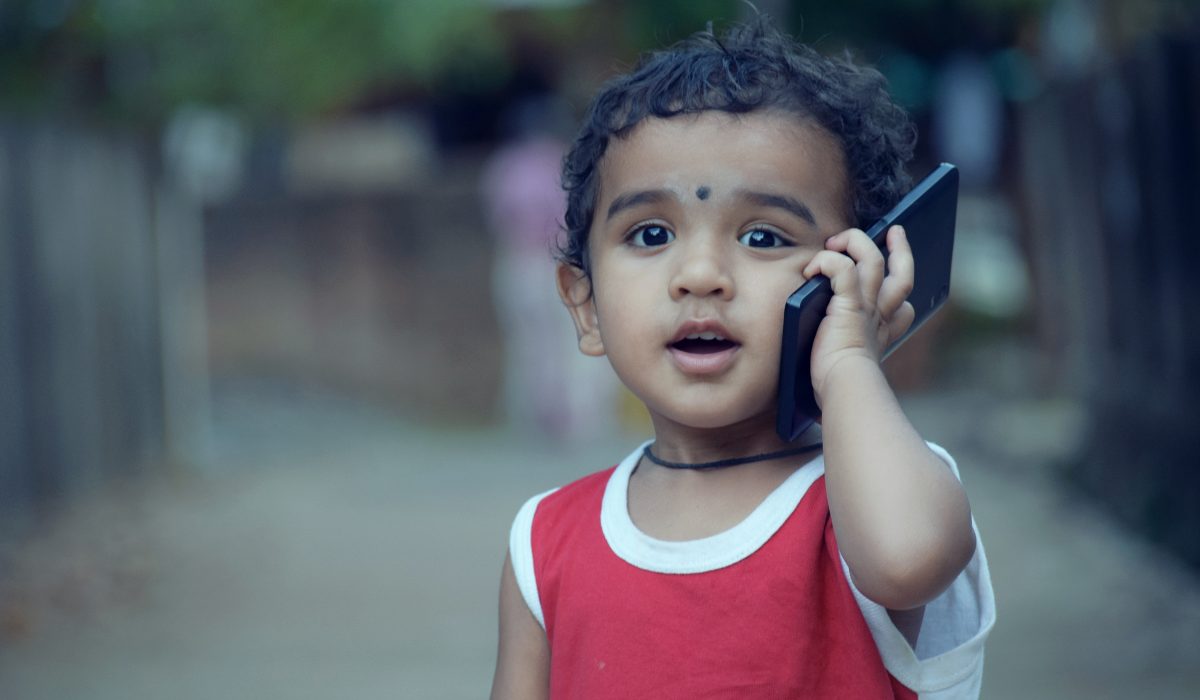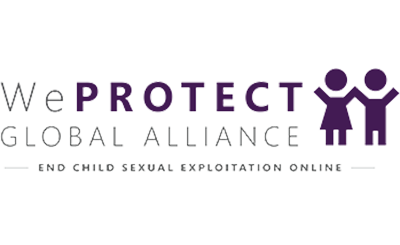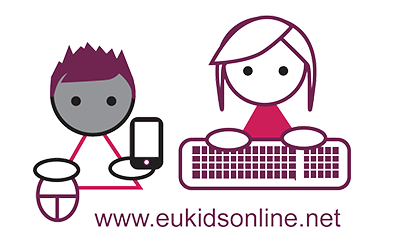 Information and communication technologies like computers, mobile devices, and the internet, have changed how societies function. The new 2018 Global Digital suite of reports from ‘We Are Social’ and Hootsuite reveals that there are now more than 4 billion people around the world using the internet. India is no exception to this. By the end of 2017, India had over 460 million internet users expected to rise to almost 627 million users by the end of 2019.
Information and communication technologies like computers, mobile devices, and the internet, have changed how societies function. The new 2018 Global Digital suite of reports from ‘We Are Social’ and Hootsuite reveals that there are now more than 4 billion people around the world using the internet. India is no exception to this. By the end of 2017, India had over 460 million internet users expected to rise to almost 627 million users by the end of 2019.
Digital media have also affected the lives of children and young people globally raising questions about their impact on children’s wellbeing and rights in the digital age. At present, however, there are still considerable evidence gaps and more evidence is needed, particularly from the global South, to guide state-level, national and international policy and practice in the best interests of children. To address these evidence gaps in India, the Centre for Development management and Communication (CDMC), MICA, (Ahmedabad) has initiated, in collaboration with Global Kids Online, a new research project – Indian Kids Online: negotiating the global and the digital flows. The study aims to support the generation of a rigorous evidence base around children’s use of the internet in India and to expand the international evidence from a South Asian perspective.
Watch the webinar launching the findings
The Study
The Global Kids Online network aims to maximise the online opportunities for children and minimise its risks around the world- outcomes that would be highly relevant and beneficial to India’s young population which is the largest in the world – approximately 19 per cent (247 million) of the total population of India are between 9 and 17 years old. On the other hand, experiences from India can help policymakers, educators, and governments worldwide in their efforts to make the internet better for children.
In synchrony with the overall Global Kids Online objectives, the Indian study aims to:
- Comprehensively understand children’s online access, use of information, experiences, and the impact of online risks and opportunities on children’s wellbeing.
- Study children’s expectations for online technologies, their ideas about rights, needs, and the specific challenges that arise from accessing information through the internet.
- Study the impact of socio-economic and demographic factors, such as gender, geographic location, and socioeconomic status on children’s experiences.
- Research the practices of sharing information between children and parents, as well as the level of parental mediation.
- Test the applicability of the Global Kids Online research toolkit to the Indian context and identify the necessary adaptations to suit the local requirements.
Design and methodology
The study, Indian Kids Online: negotiating the global and the digital flows will be conducted in multiple phases. The first phase will cover only the state of Gujarat in Western India with a population of 60,383,628 people which is 4.99% of the total Indian population. Gujarat currently has 33 districts with varying levels of technology use.
To capture the online experience of children from both urban and rural regions of Gujarat, the study will be held in the Ahmedabad District covering the Ahmedabad City as the urban region and 4 to 8 towns and villages in the two administrative districts within Ahmedabad District to cover the rural/small town region. The study will involve both quantitative and qualitative methods with a sample size of approximately 2100 children and adults.
There is a plan to involve children in finalising the tools, collection of data, and interpretation of findings.
The major stakeholders of the study will be as follows:
- Children
- Parents
- Teachers and educators
- Policy planners and implementers
- Academic scholars, experts, think tanks, and NGOs
Sampling plan
It will cover the district of Ahmedabad for the pilot study, mainly covering Ahmedabad City and two administrative talukas of districts (i.e. Sanand Taluka and Dandhuka Taluka). The total sample size for the data-collection will cover 2100 child respondents and parents through surveys and in-depth interviews. The sample population is children (in school/out of school, migrant children, others) and parents.
Survey sampling
In-school children
For the survey, the study will maintain a sample ratio of 60:40 (urban: semi-urban/rural)[1] – a sample of 1200 respondents from Ahmedabad City (Corporation area) and 800 respondents from the identified talukas covering small towns and rural areas.
In Ahmedabad City, we will select sample respondents from six schools, which may range from elite private schools, middle-income public/private schools, and low-income public schools. In each school, the study will select respondents studying in standards 4, 7, 9 and 11 (falling between the age group of 9 to 17 years of age). Same sampling process will be followed for drawing students from schools of small town and rural areas. Data will also be collected from the parents of child participants.
Out of school children
In addition to this, we will survey a sample of 60 out-of-school children (Age 9-17) in Ahmedabad City and 40 in the selected two talukas covering towns/villages, in rural areas. Data will also be collected from the parents of these child participants.
Sampling plan for the survey
| Sampling Area | Sampling population for the survey | Number of schools to be covered tentatively | |
| In school children | Out of school | ||
| Ahmedabad City | 1080 | 120 | 6 schools (covering 45 students in each standard) |
| Sanand | 360 | 40 | 2 schools (covering 45 students in each standard) |
| Dhandhuka | 360 | 40 | 2 schools, (covering 45 students in each standard) |
Sampling for the in-depth interviews
We will select a sample of 100 children studying in 4, 7, 9 and 11 and their parents. The sample will maintain a ratio of 60:40 in selecting the respondents in Ahmedabad City and from the two identified talukas (administrative districts).
| Sampling Area |
In-depth interviews |
||
|
Children in school |
Children out of school |
Parents |
|
|
Ahmedabad City |
2o |
5 |
25 |
| Sanand |
8 |
2 |
10 |
| Dhandhuka |
8 |
2 |
10 |
Impact plan
The team will seek to create impact through:
- Seminars with the government departments
- Workshops at schools with students, parents and teachers
- Partnership with UNICEF
- Academic publications in journals, etc.
- Dissemination through newspapers, magazines and social media
The research team
Lead investigator: the research team will be led by Prof Manisha Pathak-Shelat, Chair of CDMC and a leading scholar in the field of young people and media in India.
Core team members: Prof Arbind Sinha
Research support: Murtaza Gandhi (CDMC Research Coordinator), Priyanki Choudhury (CDMC Research Associate), Saesha Kini (MICA Research Associate) and a team of field researchers.
About the Centre for Development Management & Communication (CDMC)
CDMC is a centre of excellence that leverages MICA’s expertise in strategic communication and information and communication management to strengthen development programs across various sectors. The Centre has a team of multi-disciplinary faculty and researchers specialising in communication, anthropology, sociology and psychology, and experts in education and digital media with considerable experience in communication research.
Post author: Manisha Pathak-Shelat
[1] Urban location will be the Ahmedabad City; semi-urban denotes the towns or Taluka Headquarters in selected two talukas (Sanand and Dhandhuka) and rural locations will be the four villages identified in two talukas.









